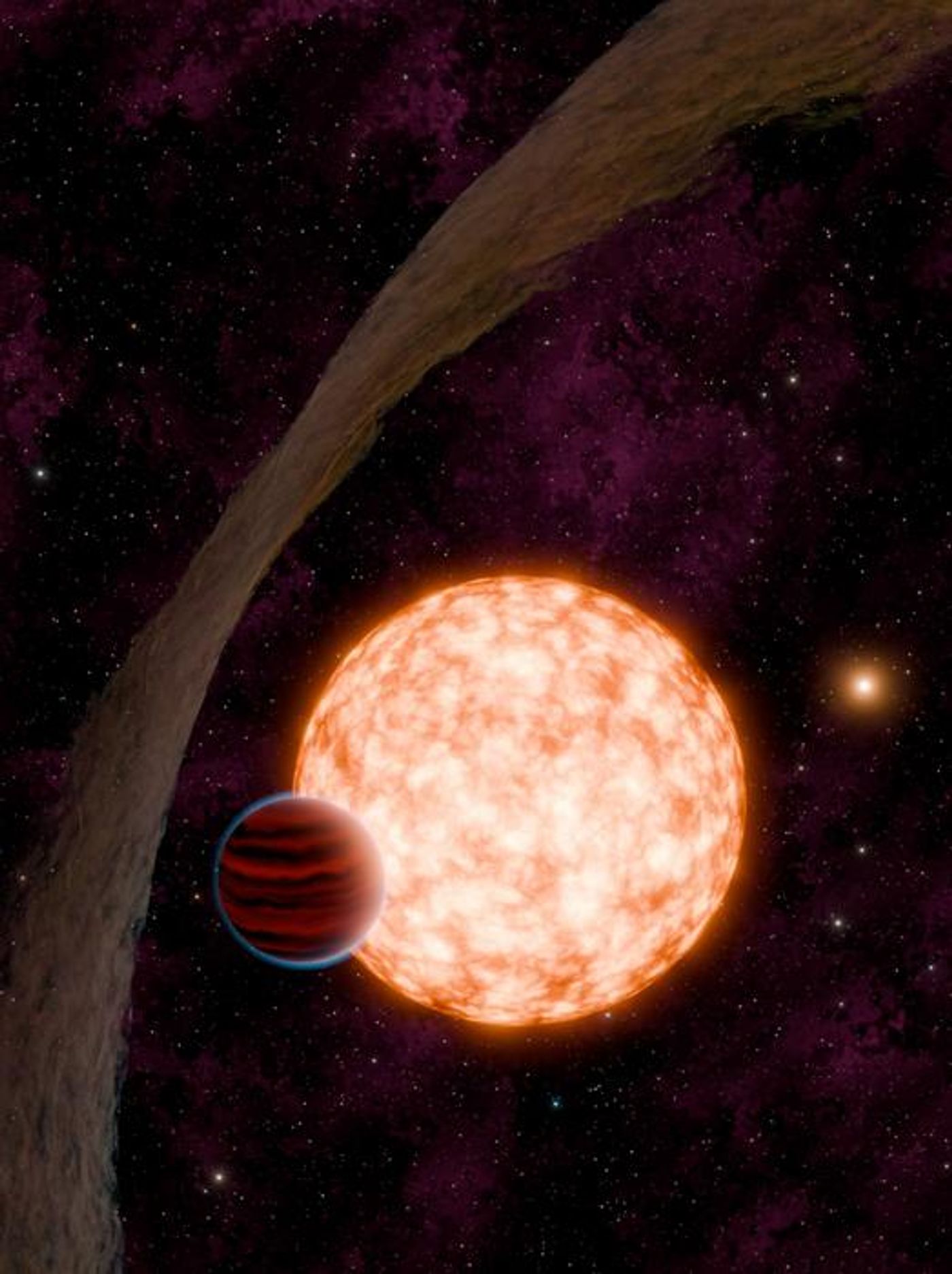What can young exoplanets teach us about planetary formation and evolution? This is what a recent study published in Nature hopes to address as an international team of researchers have made a first-time discovery of the youngest exoplanet, TIDYE-1b, which is estimated to be only 3 million years old. For comparison, scientists estimate that it took between 10 to 20 billion years for the Earth to form after the solar system formed approximately 4.5 billion years ago. This study holds the potential to help scientists better understand the formation and evolution of exoplanets and what this could mean for finding life beyond Earth.
“Astronomy helps us explore our place in the Universe — where we came from and where we might be going. Discovering planets like this one allows us to look back in time, catching a glimpse of planetary formation as it happens,” said Madyson Barber, who is a PhD student at UNC-Chapel Hill and lead author of the study.
For the study, the researchers observed the protoplanetary disk that comprises the TIDYE-1 system, which traditionally makes observing transiting exoplanets difficult due to the disk blocking the exoplanet from view. However, this disk is shaped in such a way that it allowed a rare observational opportunity, which the researchers took advantage of to view TIDYE-1b. The researchers used a combination of computer algorithms and data obtained from NASA’s Transiting Exoplanet Survey Satellite (TESS) to confirm the existence of the young exoplanet, which is estimated to be approximately 3 million years old. Additionally, the researchers determined that TIDYE-1b has an orbital period of 8.83 days, has a radius of 10.7 that of Earth (0.96 Jupiter radii), and is approximately 90 times the mass of the Earth (0.3 Jupiter masses).
Artist’s illustration of the TIDYE-1 system. (Credit: NASA/JPL-Caltech/R. Hurt, K. Miller (Caltech/IPAC))
“Planets typically form from a flat disk of dust and gas, which is why planets in our Solar System are aligned in a ‘pancake-flat’ arrangement,” said Dr. Andrew Mann, who is an associate professor of physics and astronomy at UNC-Chapel Hill and a co-author on the study. “But here, the disk is tilted, misaligned with both the planet and its star — a surprising twist that challenges our current understanding of how planets form.”
This study comes as NASA has confirmed the existence of almost 5,800 exoplanets that range in size from rocky to gas giants, but most of which have fully formed into functional planetary bodies well past their initial formation stages. Therefore, TIDYE-1b has the potential to teach astronomers about the formation and evolution of exoplanets, which should shed new light on how we could potentially find life beyond Earth.
How will TIDYE-1b help astronomers better understand the formation and evolution of exoplanets in the coming years and decades? Only time will tell, and this is why we science!
As always, keep doing science & keep looking up!
Sources: Nature, EurekAlert!, UNC-Chapel Hill

